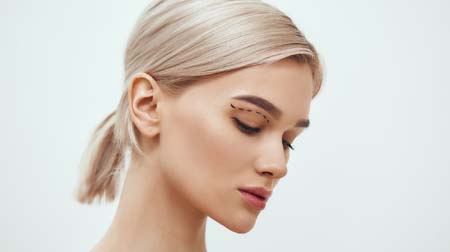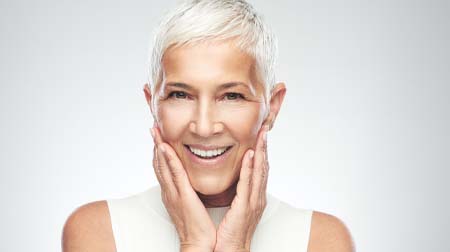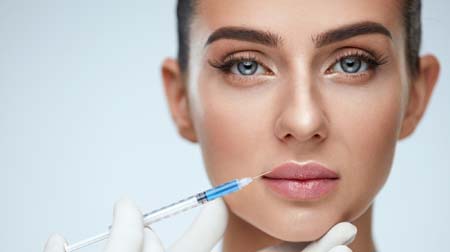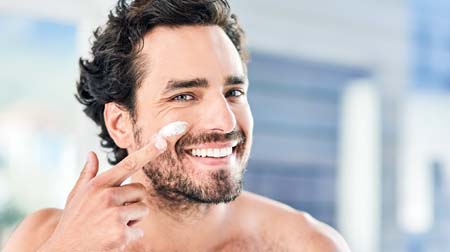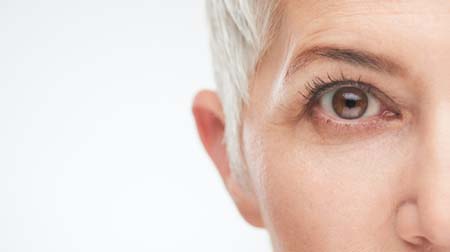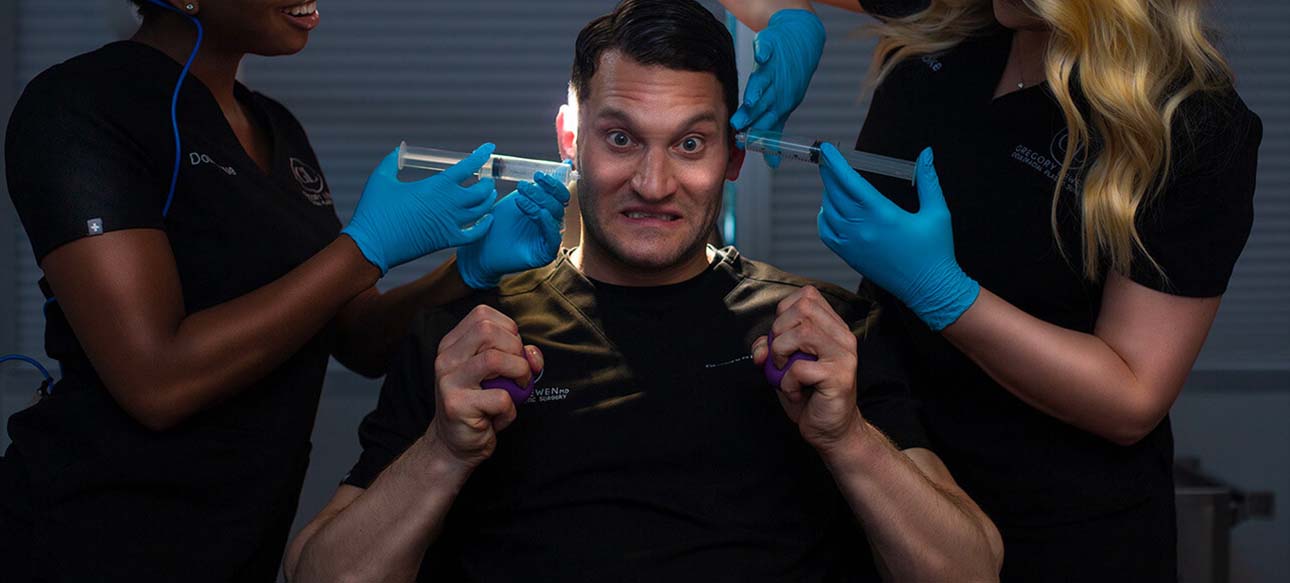- Normal loss of thickness of the eyelid skin with age
- Normal loss of volume and support for the cheek with age, causing the cheek to sag and the underlying rim of bone to become more visible
- The lower eyelid fat bags have become larger over time, making the hollow of the tear trough appear to stand out more (think about how much deeper a valley would look if you were standing on a mountain next to it)
For people who have deeper set eyes, the appearance of hollow areas under the eyes can also affect light reflectance patterns of the face, and can make the entire area around the eyes appear darker by creating some undesirable shadowing.
In recent years, tear trough rejuvenation has become a more popular procedure, as many people are seeking to improve the appearance of dark circles under the eyes, without the time or financial commitment of surgical rejuvenation. When successful, patients are often very pleased with their appearance, and will feel that they look overall more refreshed, energetic, and youthful. The eyes are a central area of focus on the face, and they have been scientifically proven to be the most common first area that other people notice when they look at you. For some patients, non-surgical, tear trough rejuvenation may be a reasonable procedure that gives excellent results to improve the dark shadowing, or even to camouflage the appearance of larger fat pockets (bags) under the eyes.
It is important to understand that the eyelid skin and surrounding areas of the face are some of the most sensitive areas of the body, and unfortunately, Tear trough rejuvenation may not be ideal for every individual patient. Additionally, due to the delicate and complex anatomy around the eyes, not every injector who is able to pick up a syringe and perform facial filler injections is qualified with the specific knowledge and advanced technical experience necessary to perform this procedure appropriately and effectively.
Complications from improper under eye facial filler injections have become much more common recently, and these complications can be very noticeable and disturbing in the very visible area of the face around the eyes. The most common complication associated with under eye facial filler Injections is prolonged swelling that can create an unnatural or “overdone” appearance, which can be quite devastating. Although more significant complications with under eye facial filler injections (tear trough rejuvenation) are rare overall; unfortunately, they can occur, as with any facial filler procedure, even if the injection was performed by a qualified and skilled injector.

Some of the most common reasons for complications from under eye facial filler injections leading to unsatisfactory results can include the following:
The wrong type of facial filler product was used for your eyelid anatomy.
Facial fillers that are derived from hyaluronic acids (HA) are generally considered to be the safest options for treating the sensitive under-eye area. These products include options such as the Juvéderm® family of products, the Restylane® family of products, and Belotero Balance®. One major reason for the general safety of these products is that they can all be dissolved to reverse the effects of the product. The medicine that dissolves these facial fillers is called hyaluronidase, and it works as an enzyme to break down these products.
In the United States, hyaluronidase is only commercially available for purchase by a physician or for use in a medical or surgical facility. Although HA fillers are generally known to last in other areas of the face for shorter time periods of six months to one year, it is common for HA filler products to last in the under-eye area for much longer periods of time. Often, HA facial fillers can still be observed in the under-eye area for many years after they were injected (in some cases, this can be five years later or more). For this reason, hyaluronidase injections remain a major therapy option to treat unwanted facial filler product in the lower eyelids.
If hyaluronidase injections are recommended for your condition, these will likely be incorporated into your treatment plan, and you will be required to return for an additional visit to examine the treated area after the hyaluronidase injections have been given sufficient time to work. In some cases, the results from hyaluronidase injections may be seen very quickly (within minutes), although it generally takes a little more time for the area to stabilize before a proper evaluation for additional treatment options can be performed. Dr. Lewen will typically schedule patients receiving hyaluronidase injections to return to the office for recheck a few days after having the treatment performed.
Even though there are many facial filler products that are composed of hyaluronic acids, this does not mean that all HA facial filler products are created equally. There are some products that are much more ideal for treating this delicate area of the face, while other products may tend to absorb more water or spread out more in the tissue, and are therefore more likely to cause long-term issues with swelling in this area after injection. Dr. Lewen only utilizes very specific facial filler products to treat this sensitive area of the face, based on scientific properties that have been studied and well-demonstrated to produce smooth and reliable results, along with less risk for unwanted side effects.
There are several other facial filler products that have been used to treat the lower eyelid hollows, and that are not made of hyaluronic acids. These products include: silicone, collagen, Sculptra®, Radiesse®, and Artefill®, as well as some others that are not commercially available in the United States, and in some cases, are not meant to be injected into the body at all. These products cannot be dissolved with hyaluronidase, and often cause significant issues when injected into the under-eye areas that can be very difficult to treat. While some of these products can give excellent results in other parts of the face and body, unfortunately, complications from these types of products used in the lower eyelid areas may require more extensive surgical revision procedures, and often there are still significant risks of permanent scarring, as well as other long-term issues.
